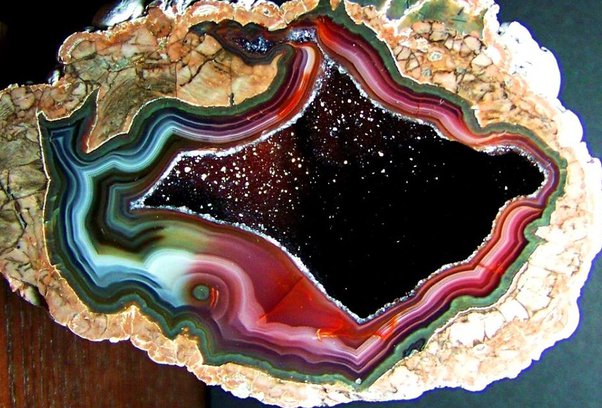Rocks, Time, Iguanodons and Walls
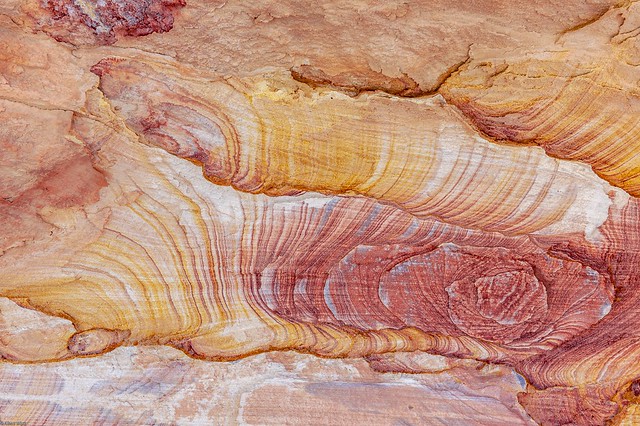
It’s easy to lose track of time, and especially when it comes to rocks. Does a day ever pass without us coming into contact with some geology? Gravel crunching under foot? The rasp of brick on sleeve? In the gardening world, a great deal of time is spent positioning rocks into various formations – paths, walls, patios etc – and there’s satisfaction to be had in building something that is likely to outlive the form of its creator.
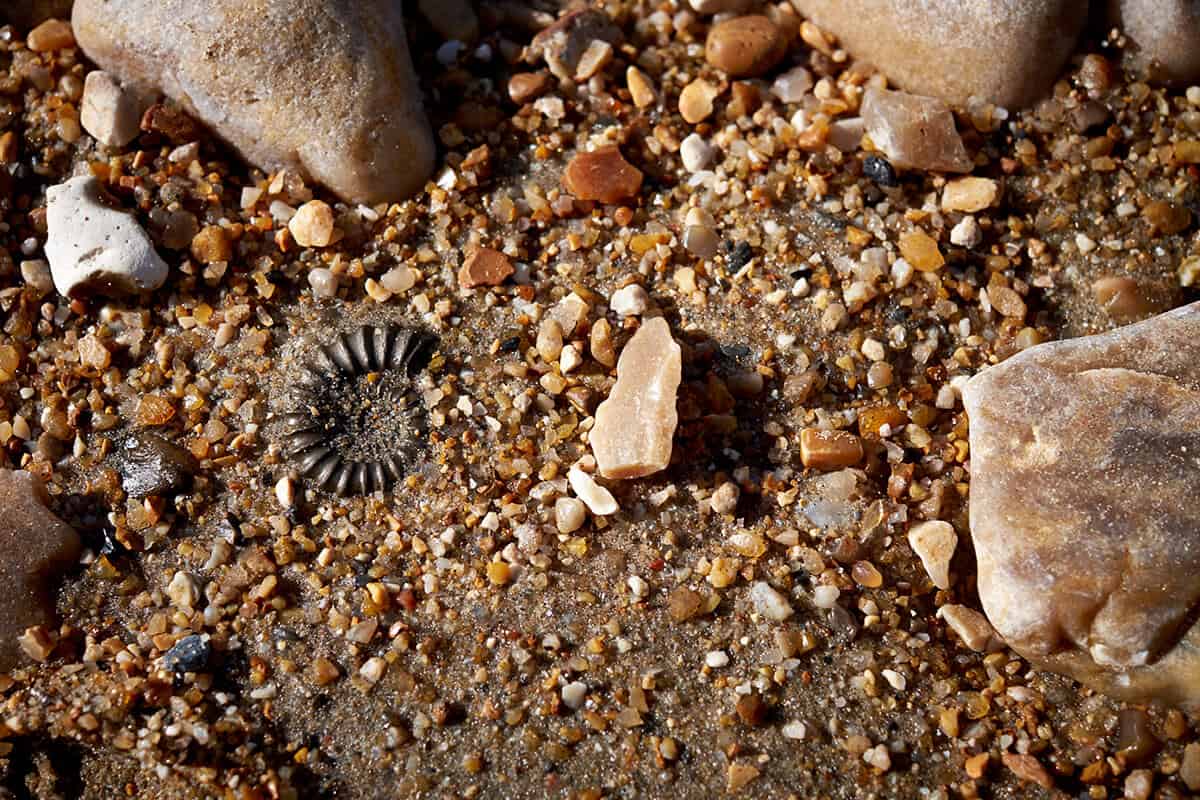
Stones and rocks are also some of the most enduring timepieces we possess. Each one a capsule of particles from distant eras. Eroding to reveal ancient patterns of wind and water. Embalming unfortunate creatures for future epochs. Preserving art and artefacts within caves. Archiving the skeletal archaeology of uninhabited cities. Showing us decades as they collapse into the sea.
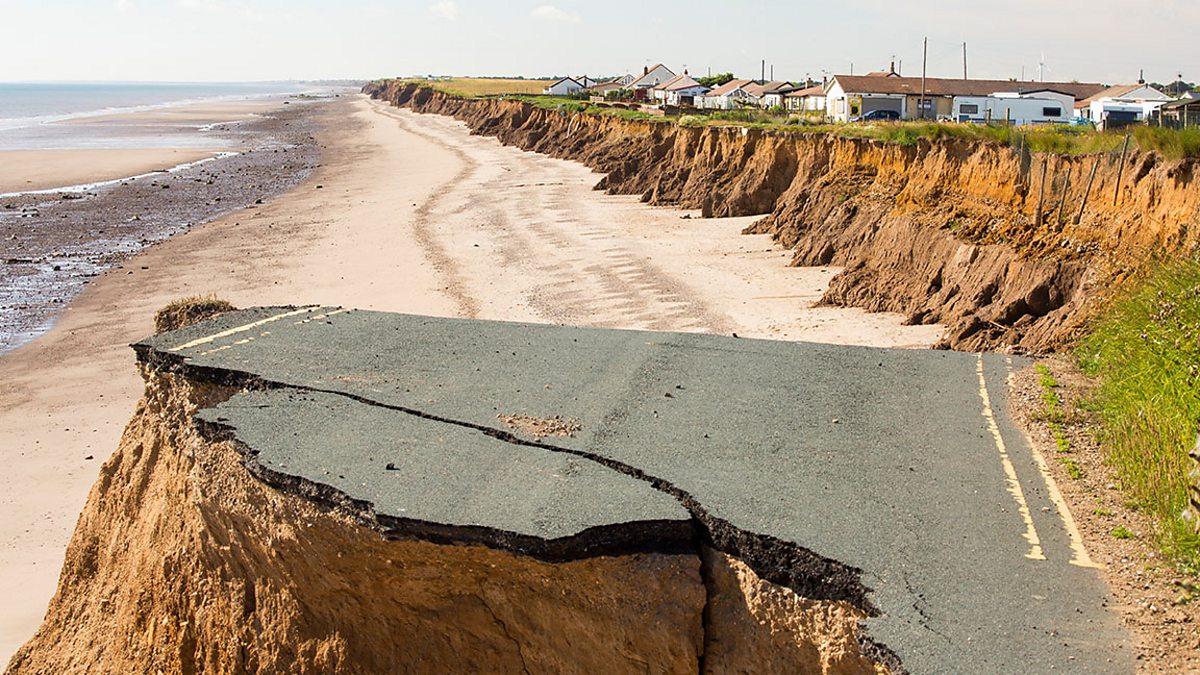
Of all the material stuff of the earth – flesh or liquid, wood, light, ice, bone, foliage, flower or hair – rock is what remains of things past. A giant, cracking library of the universe’s history, scattered, broken, chipped, but still staying true to its origins. And yet still so easy to ignore. Perhaps, therefore, it’s worthwhile, next time we look at a sandstone wall – extracted from local quarries Horsham or Fittleworth, say – it can be worth bringing to mind that 120 million years ago, during the late cretaceous period, the coastlines of Kent and Sussex would have been covered in warm shallow seas, withholding oyster beds, and golden sandy beaches. Behind these sands, densely vegetated plains extended across the Weald of Kent, packed with horsetails, ferns, bennettites and conifers. Iguanodons, 11 metres long each and the weight of a small digger each, would have moved through these plains, breaking down branches to supply their enormous appetites. This is the age of sandstone.
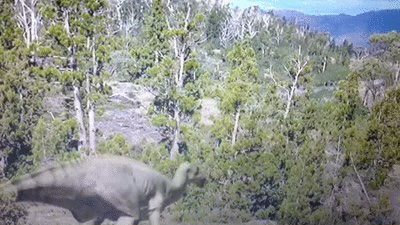
So when we stare at these ancient materials, arranged by skilled tradespeople, living and dead, we’re not only privileged to possess their inimitable shades of honeycomb, amber, turmeric and stained wood, we are handed a piece of history denser than words. A canvas for the imagination. A collaboration of history in the slowest of its forms.
